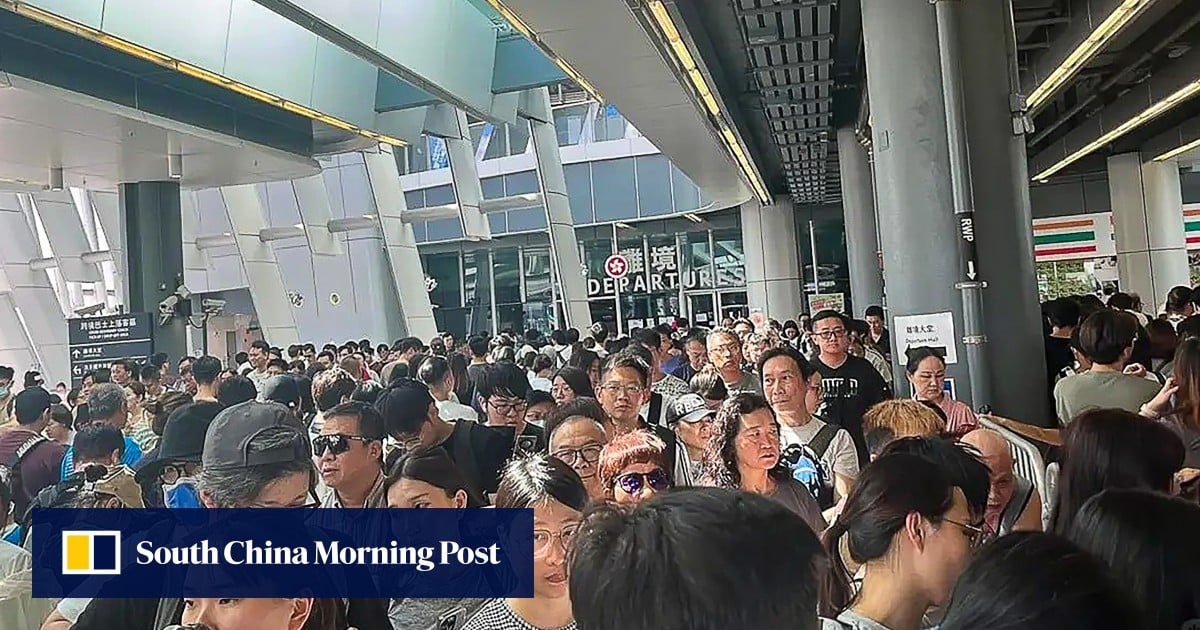Hong Kong has world-class clean energy ambitions. The government has committed to net-zero emissions by 2050, by targeting electricity generation, waste reduction and transport. Having one of the most well-managed mass transit networks in the world, Hong Kong must also deal with transport’s sizeable share of carbon emissions – 18 per cent of the city’s total.
The idea is to eliminate combustion engine private cars by 2035, as well as phase out diesel buses and other polluting vehicles. It is important for Hong Kong to develop a green public transport system given that 11.5 million trips were taken each day on public transport in 2023, an increase of 18.7 per cent year on year.
The energy transition is seemingly already taking place in the ferry service. Last year it was reported that Sun Ferry, which operates rides between the Central piers and Cheung Chau, had ordered two diesel-electric hybrid ferries. They are expected to carry over 4 million passengers per year.
The Airport Authority has promised it will cut carbon emissions by 55 per cent by 2035, compared to 2018 levels. It has pledged to convert all ground service vehicles to electric, up from one-fifth of the current fleet. It also aims to minimise electricity wastage through smart monitoring and LED lights and support new aviation technologies like sustainable aviation fuel.
The expansive MTR system, which has a higher daily ridership than London’s subway system, also has a role to play. It accounts for 71 per cent of all distance travelled in the city and draws enormously from the energy grid.
Visited 2 times, 1 visit(s) today


